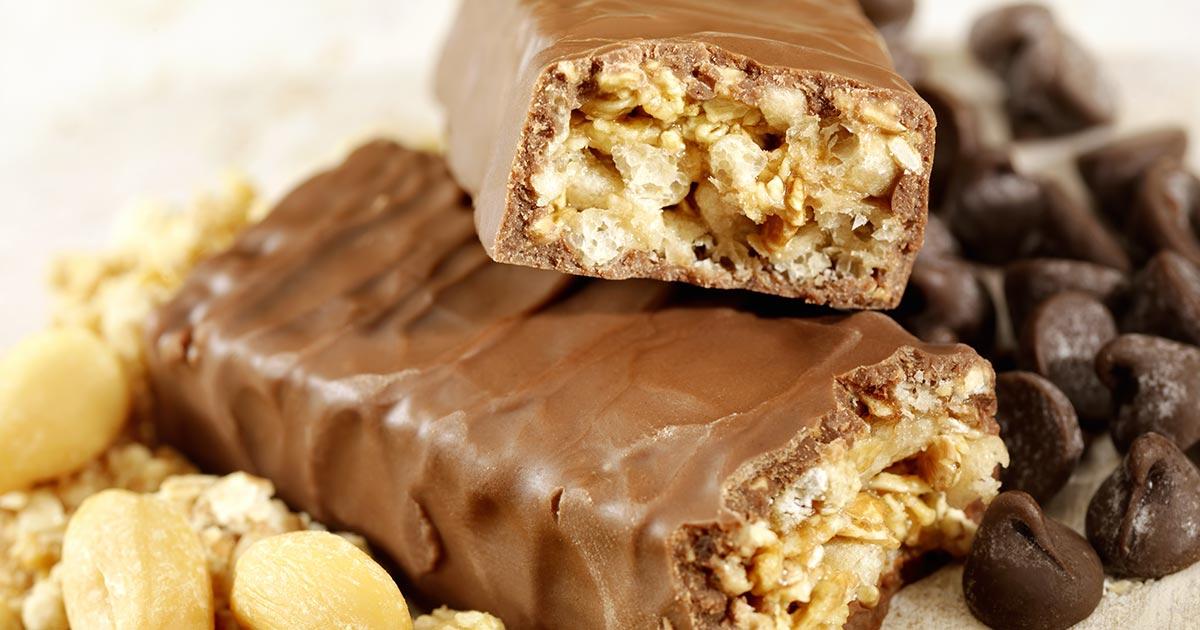Unraveling the Future Landscape of the Protein Bars Industry

Protein Bars: An Emerging Market for Fitness and Wellness
The Rise of Protein Bars
Over the last decade, protein bars have evolved from niche fitness products into a mainstream snack and meal replacement. What started as a way for bodybuilders to meet their daily macros has grown into a multi-billion dollar industry catering to athletes, wellness enthusiasts and increasingly regular consumers. Protein bars offer a portable, convenient source of protein and other nutrients - and their widespread popularity shows no signs of slowing down.
Health Benefits Beyond Protein
While protein remains the primary macronutrient advertised, protein bars aim to provide balanced nutrition beyond just protein alone. Many varieties include fiber, vitamins, minerals, and other components for whole-body wellness. For example, protein bars containing 5-10g of fiber per serving can help boost satiety and support digestion. Formulations with omega-3 fatty acids, magnesium, calcium and vitamins B12 add further health benefits. For those replacing meals, protein bars delivering 20g protein or more alongside balanced nutrients offer a nutritious alternative to common snack foods.
Expanding Demographics
Originally marketed towards gym-goers and bodybuilders, the protein bar customer base has expanded significantly. Regular consumers seeking protein snacks or meal replacements now make up a sizable portion of sales. Women in particular have increasingly adopted protein bars as jerky, nuts and other options may not suit dietary or taste preferences. Bars appealing to kids and families have also emerged, helped by offerings with less protein, fewer ingredients and kid-friendly flavors or themes. Non-genetically modified and organic options additionally cater to health-conscious buyers.
Rising Variety
Protein bar manufacturers have responded to the diversifying market by innovating new product types, flavors, textures and nutritional profiles. Where options were once limited mainly to basic flavors like chocolate, today's shelves offer everything from peanut butter pie to cinnamon roll to coffee cake inspiration. Formulations aiming to replicate indulgent treats blur the line between protein bars and regular desserts or snacks. Some adapt classic recipes like energy balls or brownies into higher protein versions. Textures range from crispy and wafer-like to chewy, fudgy centers to soft and cake-like. This variety enables almost any taste preference or craving to be satisfied with a protein-packed option.
Specialized Formulations
Manufacturers also target specific needs through specialized protein bar formulations. Pre- and post-workout varieties deliver fast-digesting protein to support muscle protein synthesis. Bars intentionally higher or lower in macronutrients suit various diets from keto to paleo to low-carb. Fibrous sprouted grain and seed bars balance nutrients for gastrointestinal support. Some integrate ingredients like collagen, essential fatty acids or probiotics for wellness-focused effects or to capitalize on their popularity in the marketplace. Sports nutrition focused options containing electrolytes or other nutrients support active lifestyles. This segmentation allows protein bars to fit almost any dietary program or goal.
Expanding Channels of Distribution
Protein bars initially found their footing in specialist supplement retailers and gyms. However, as demand grew dramatically from regular consumers with varying needs, distribution expanded into mainstream grocery, convenience stores, airports and other locations. Major players like Clif, Kind, Quest and thinkThin now occupy prime real estate on food shelves alongside familiar snacks. Online sales have further increased accessibility, with countless brands and niche products now just a click away. Wellness retailers like vitamin shops too position protein bars alongside other natural supplements and foods. This widespread availability, often alongside candy bars or granola, normalizes protein bars as a mainstream nutrition staple.
In summary, protein bars have firmly cemented their place beyond the narrow dietary supplement aisle through continuously innovating diverse formulations, flavors and channels to meet a wider range of lifestyle needs and consumer preferences beyond their niche origins. As interest in health, fitness and portable nutrition solutions grows, protein bars remain well positioned to claim their share of tomorrow's expanding wellness marketplace.
- Art
- Causes
- Crafts
- Dance
- Drinks
- Film
- Fitness
- Food
- Jocuri
- Gardening
- Health
- Home
- Literature
- Music
- Networking
- Alte
- Party
- Religion
- Shopping
- Sports
- Theater
- Wellness
- IT, Cloud, Software and Technology


